A 69-Million-Year Evolutionary Mystery: Scientists Discover Oldest Modern Bird
From SciTEchDaily
Sixty-six million years ago, at the end of the Cretaceous Period, an asteroid impact near the Yucatán Peninsula in Mexico triggered the extinction of all known non-avian dinosaurs. Yet, for the early ancestors of today’s waterfowl, surviving that mass extinction event was like… water off a duck’s back.
Location played a crucial role, and Antarctica may have served as a refuge, its remoteness shielding it from the upheaval occurring elsewhere on the planet. Fossil evidence suggests a temperate climate with lush vegetation, potentially providing an incubator for the earliest members of the group that now includes ducks and geese.
Legal Notice / Disclaimer
Ahead of the Herd newsletter, aheadoftheherd.com, hereafter known as AOTH.Please read the entire Disclaimer carefully before you use this website or read the newsletter. If you do not agree to all the AOTH/Richard Mills Disclaimer, do not access/read this website/newsletter/article, or any of its pages. By reading/using this AOTH/Richard Mills website/newsletter/article, and whether you actually read this Disclaimer, you are deemed to have accepted it.
Share Your Insights and Join the Conversation!
When participating in the comments section, please be considerate and respectful to others. Share your insights and opinions thoughtfully, avoiding personal attacks or offensive language. Strive to provide accurate and reliable information by double-checking facts before posting. Constructive discussions help everyone learn and make better decisions. Thank you for contributing positively to our community!

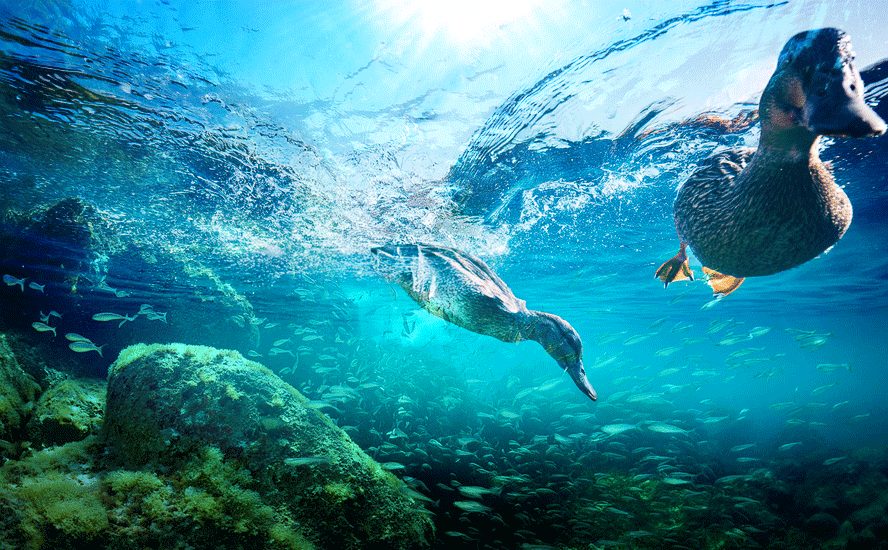



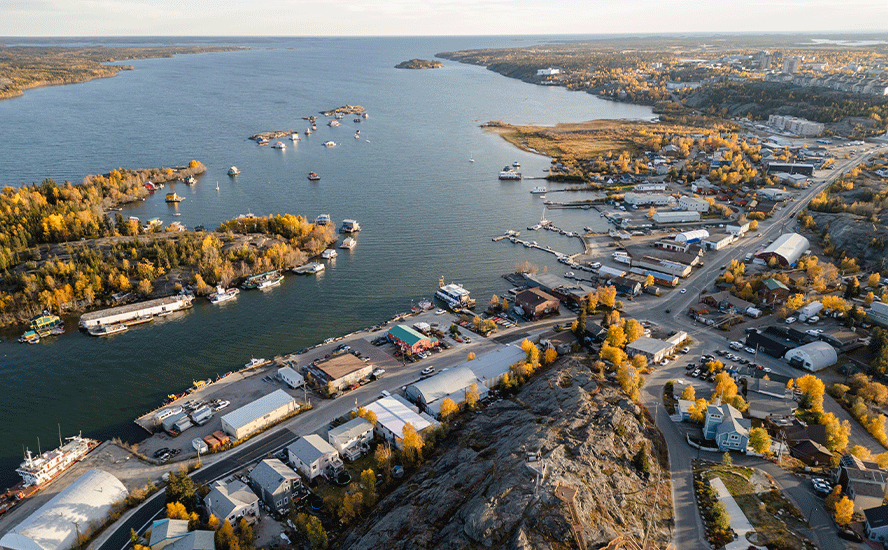





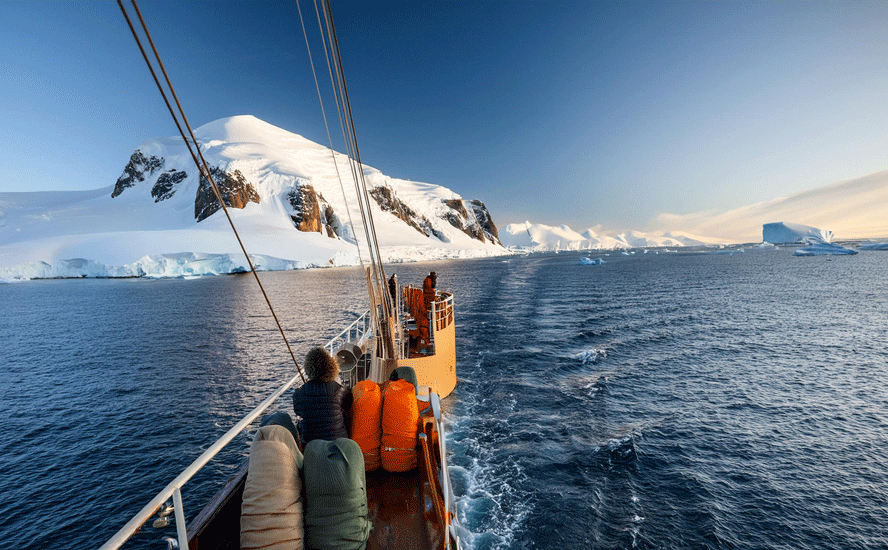

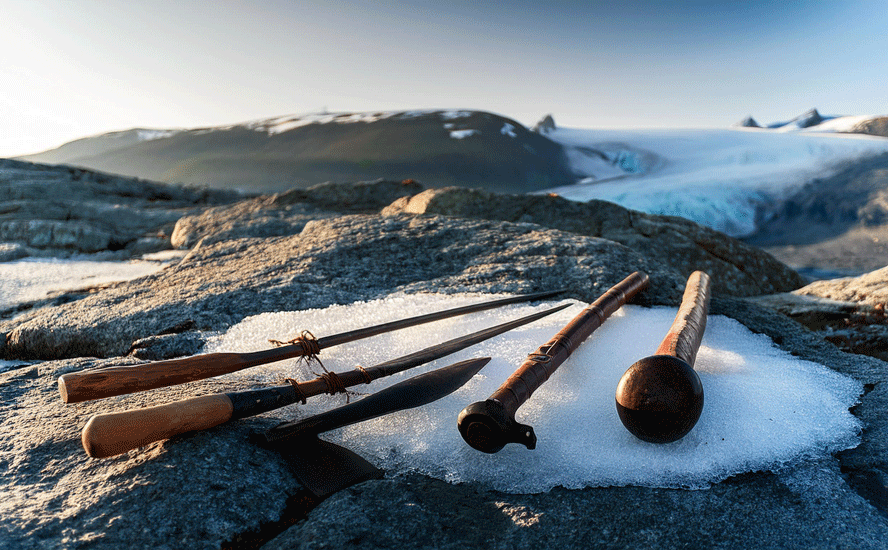



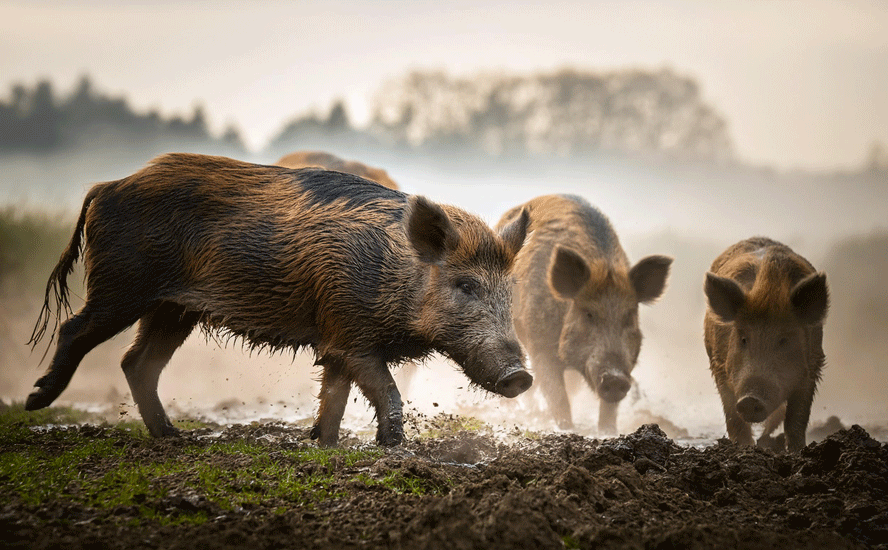

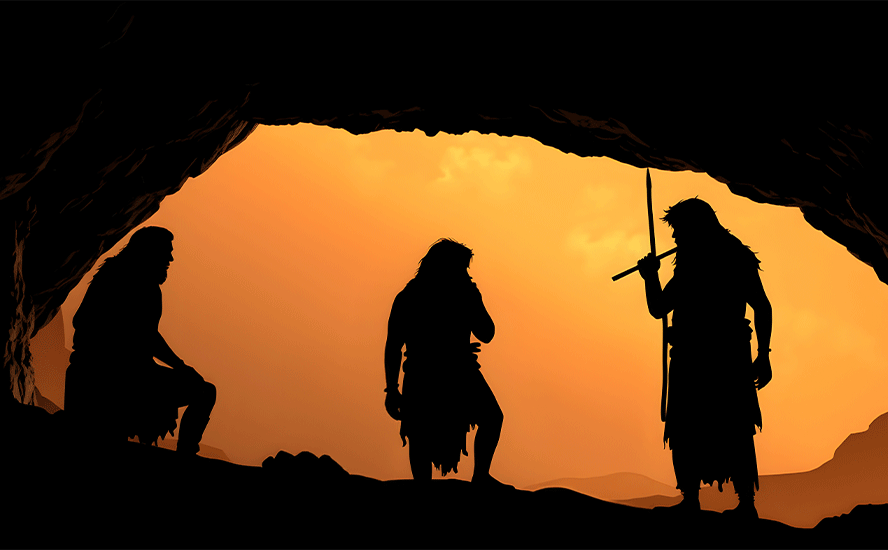

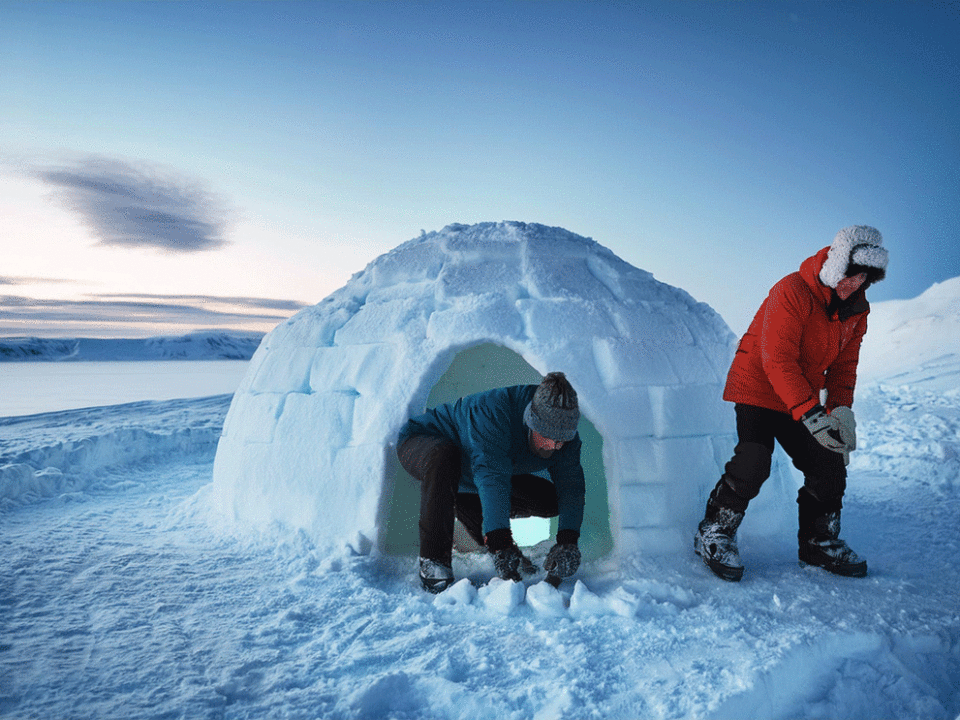
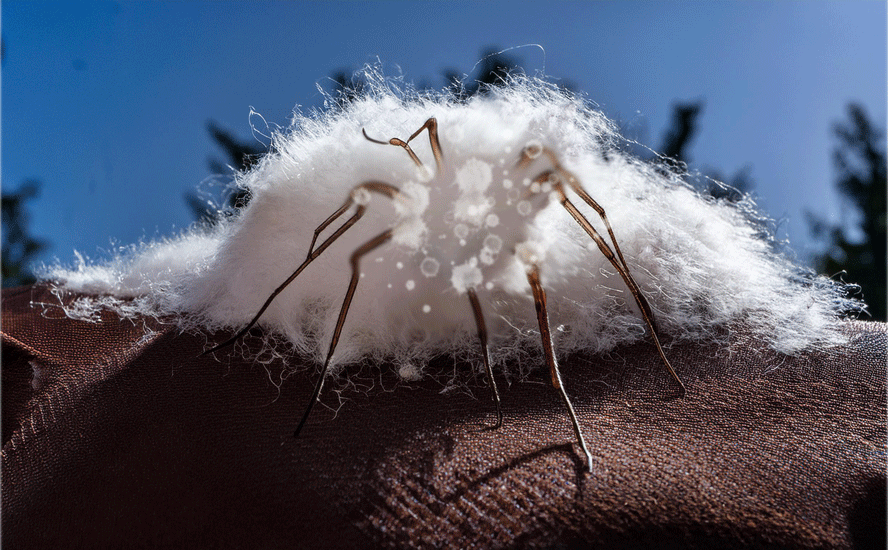

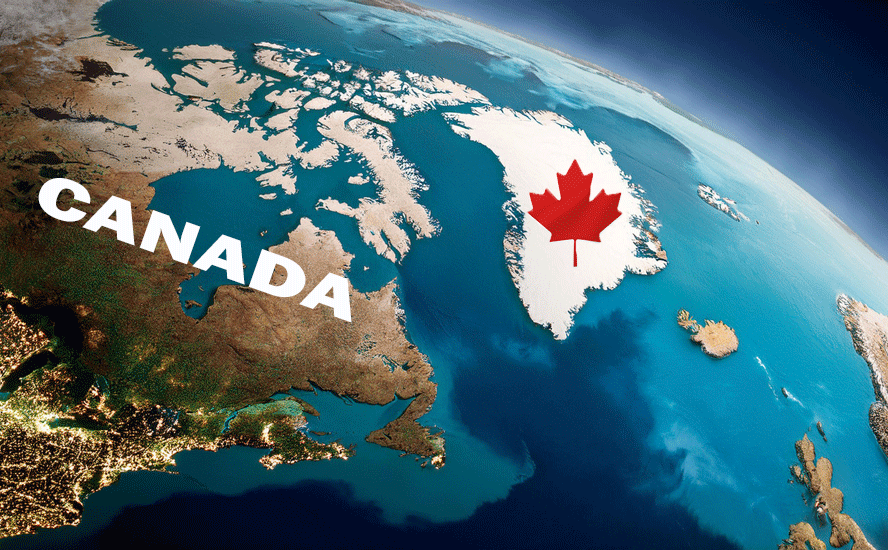
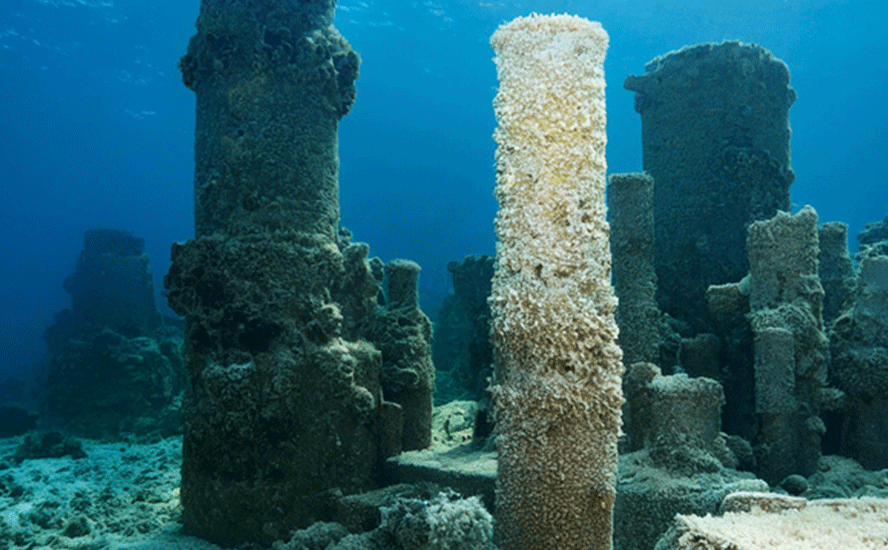
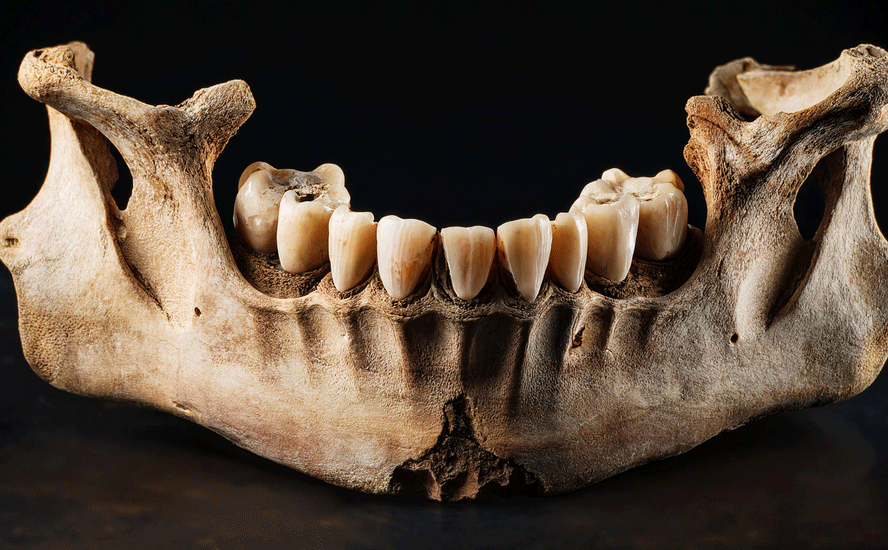
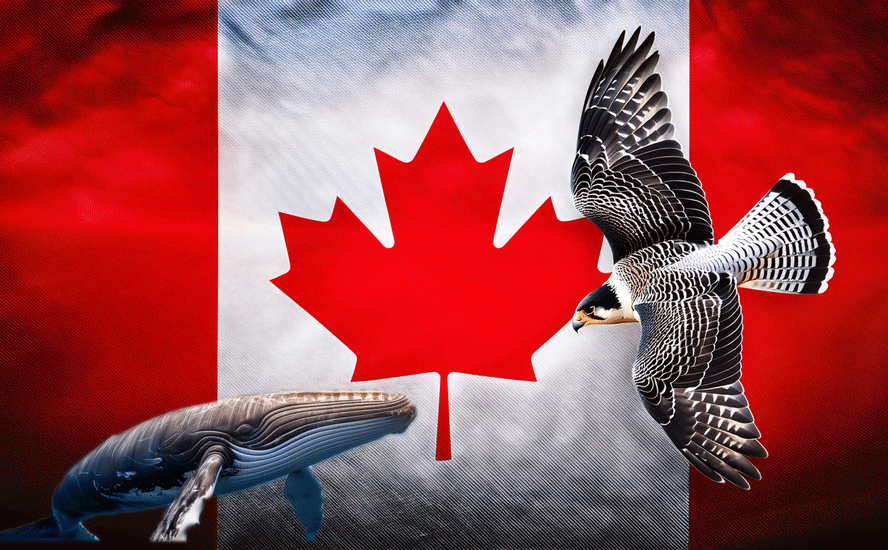
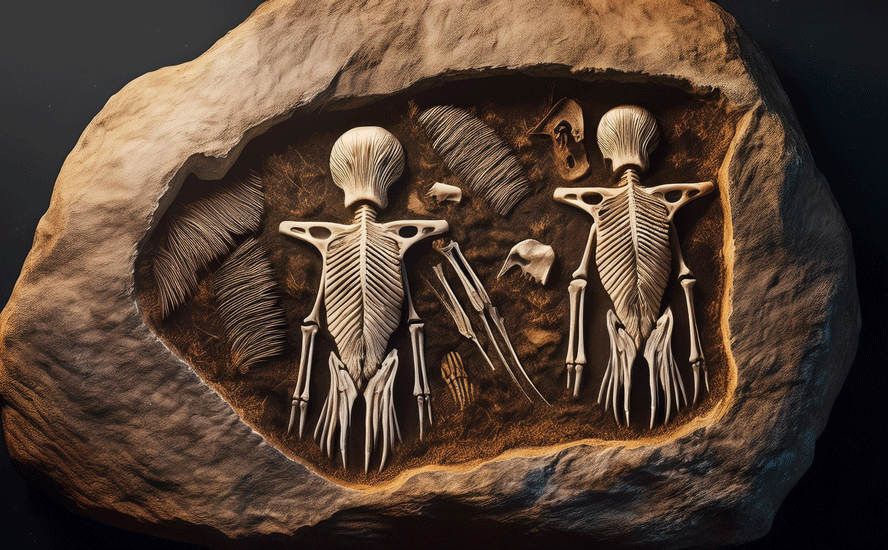
#CretaceousPeriod #non-aviandinosaurs